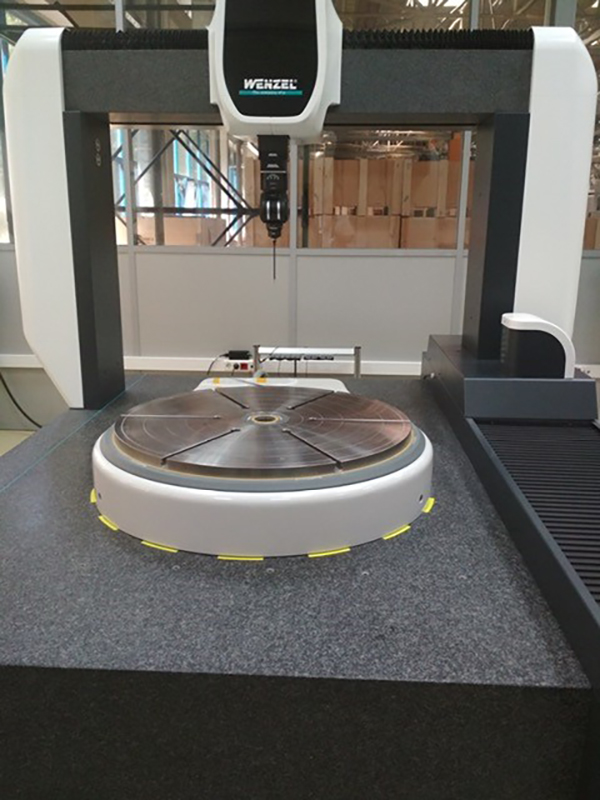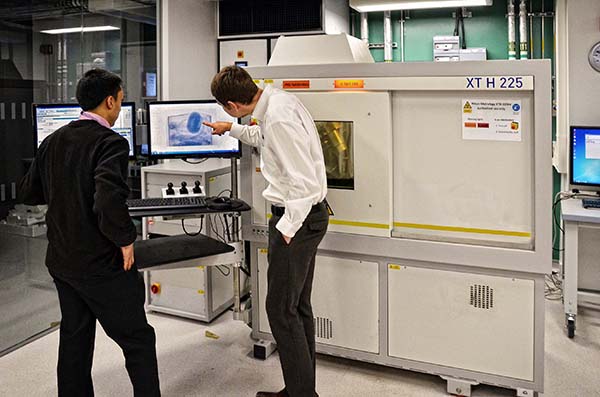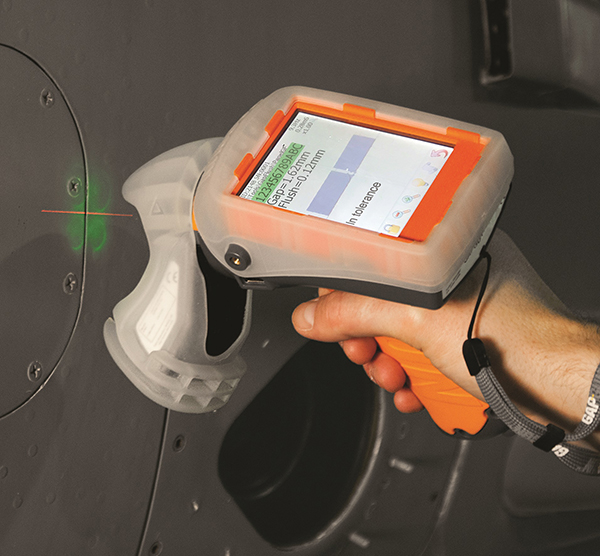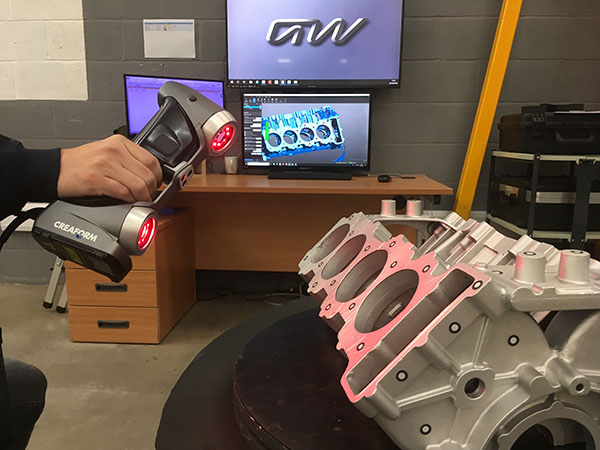RPI UK, a specialist developer and manufacturer of precision positioning devices for rotary and angular inspection systems, has supplied Wenzel’s Bulgarian distributer with a QuadSlimLine rotary table. Integrated into a Wenzel CMM, the rotary table will enable a European aerospace giant to measure blisks, saving up to 40% in inspection time.
RPI UK, the world’s leading specialist developer and manufacturer of precision positioning devices for high accuracy rotary and angular inspection systems, has supplied Wenzel’s Bulgarian distributer with a QuadSlimLine rotary table. This will be integrated into a Wenzel CMM machine to enable a European aerospace giant to measure aero engine disks, saving up to 40% in inspection time
Specifically designed as a fourth axis, RPI’s rotary tables are accurate to ±0.5 arcs seconds. This precision is equivalent to hitting a golf ball at a hole more than 22 km away and scoring a hole in one every time. Rotary tables also increase a CMM’s available measuring volume, thereby providing greater flexibility in what can be measured.
The installation of the QuadSlimLine on to the Wenzel CMM was carried out by 2M Trading, the Bulgarian distributor for both RPI and Wenzel.
Timothy Matyushin, 2M’s general manager, says: “We installed RPI’s Quad Slimline on to Wenzel’s LH108 NG CMM, incorporating a Renishaw UCC S5 controller and Renishaw MODUS software. The result was a CMM that worked smarter with increased flexibility, capacity and throughput, which resulted in a 40% reduction in inspection time for one of Europe’s major aerospace manufacturers. They’re so impressed that they’ve ordered another two QuadSlimLines to be installed on to their CMM machines later this year.”
For further information www.rpiuk.com



















